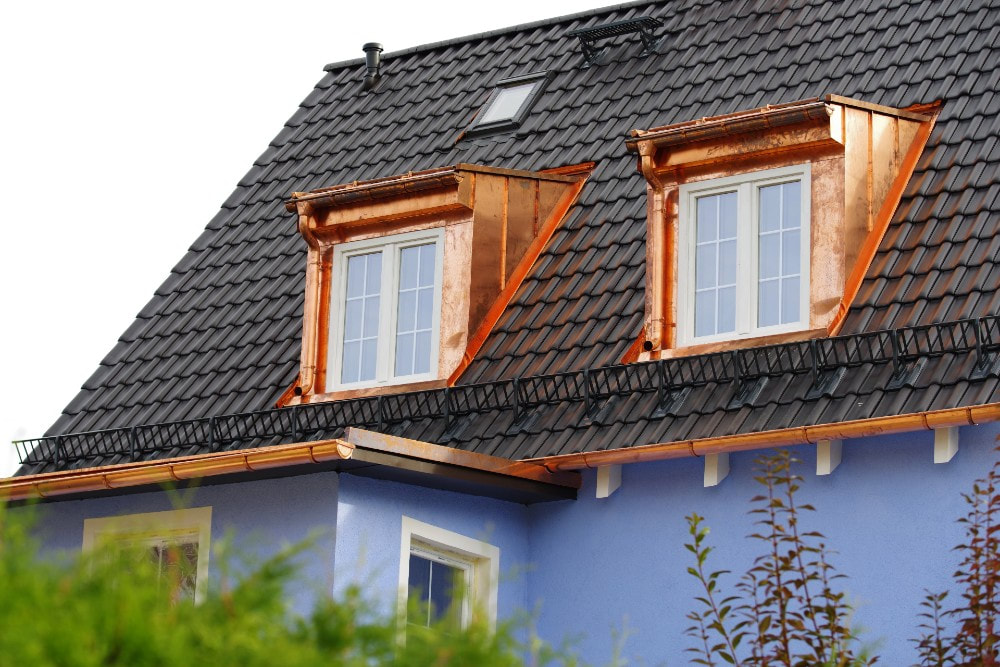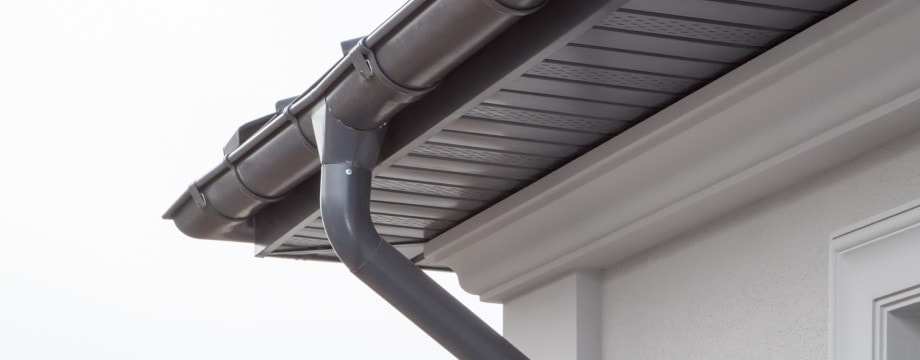A standard size gutter for a smaller commercial building or a residential home is usually the five-inch gutter. But modern homes have bigger roofs, and commercial buildings tend to have water buildup more than residential properties, so it stands to reason that a six-inch box gutter may be the right option to go with.
By definition, a box gutter is usually rectangular in shape, and lined with rubber, metal, asphalt, or roofing felt. It is designed to have a professional appearance, but it can also be concealed behind a parapet in a roof valley.
Six-inch box gutters can hold up to forty percent more water than five-inch gutters. This is perfect for larger commercial buildings and modern homes with bigger and steeper roofs. Read below as we discuss what six-inch gutters are and why they are perfect for steep roofs.
By definition, a box gutter is usually rectangular in shape, and lined with rubber, metal, asphalt, or roofing felt. It is designed to have a professional appearance, but it can also be concealed behind a parapet in a roof valley.
Six-inch box gutters can hold up to forty percent more water than five-inch gutters. This is perfect for larger commercial buildings and modern homes with bigger and steeper roofs. Read below as we discuss what six-inch gutters are and why they are perfect for steep roofs.
0 Comments
The gutters of your house need to function properly throughout the year to help protect your home from snow and water damage. As the season changes, your gutter system needs to keep water away from the foundation of the house.
This is true for summer rainstorms and winter snowstorms. And, if the gutters are not working optimally, as they can get clogged or damaged due to extreme weather, this can go on to have a negative effect on the roof of your home as well.
As winter approaches, now is the time to have your gutters checked and cleaned so that they are ready for snowstorms. Read further as we discuss how winter can affect your gutters and tips on how to keep your gutters working.
This is true for summer rainstorms and winter snowstorms. And, if the gutters are not working optimally, as they can get clogged or damaged due to extreme weather, this can go on to have a negative effect on the roof of your home as well.
As winter approaches, now is the time to have your gutters checked and cleaned so that they are ready for snowstorms. Read further as we discuss how winter can affect your gutters and tips on how to keep your gutters working.
As a homeowner, you will need to have a functioning gutter system to protect your house from future problems caused by water damage. Rain gutters redirect the flow of storm water away from the foundation of the house. This can help avoid costly problems like a flooded basement, the formation of mold, and roof and siding damage. When deciding on a gutter system for the home, a homeowner should be aware of the different kinds of rain gutters and materials that are available.
As a homeowner, one of the best things you can do to preserve the overall structure of your house is to maintain and upkeep your gutters.
Your gutter system protects your house from the elements such as rain and snow. If you have considered seamless gutters, the time to get them might be now, while we are still in fall and before the winter cold strikes.
Perhaps you are unsure about seamless gutters because you are uncertain about what they are and the benefits they can bring. Below is a detailed description of seamless gutters, and a list of their many benefits.
Your gutter system protects your house from the elements such as rain and snow. If you have considered seamless gutters, the time to get them might be now, while we are still in fall and before the winter cold strikes.
Perhaps you are unsure about seamless gutters because you are uncertain about what they are and the benefits they can bring. Below is a detailed description of seamless gutters, and a list of their many benefits.







